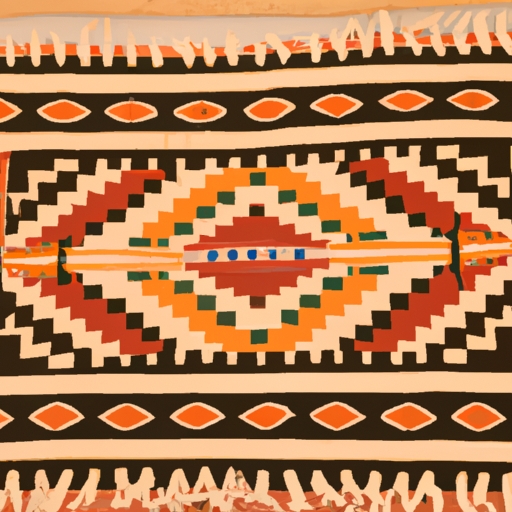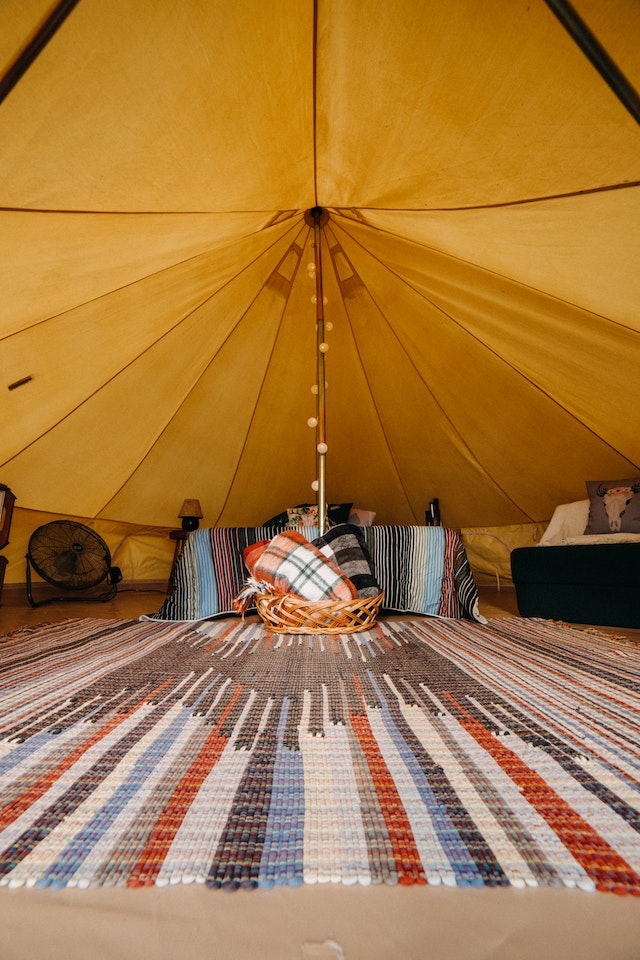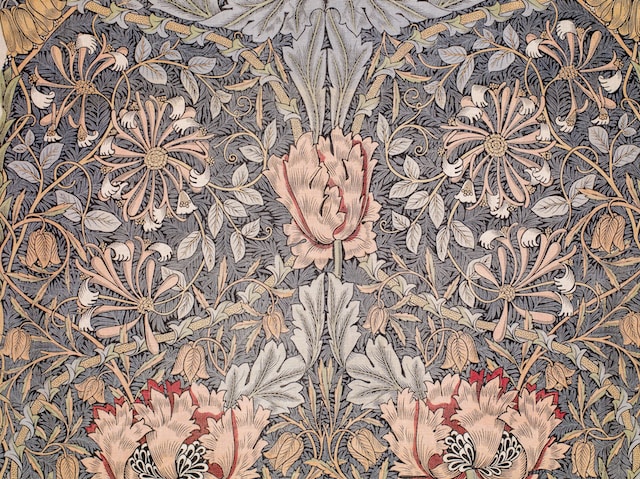
The Navajo weaving tradition holds a deep historical significance within the Native American culture. For centuries, the Navajo people have produced intricate and beautiful textiles that not only serve as practical items but also as works of art that symbolize their heritage and way of life.
Navajo weaving has been passed down through generations, with each weaver incorporating their own unique designs and techniques. The patterns and motifs used in Navajo textiles often hold spiritual meanings and reflect the natural world around them, such as mountains, animals, and plants. This connection to nature is a central theme in Navajo culture, emphasizing the importance of living in harmony with the earth.
The craftsmanship involved in Navajo weaving is highly revered, with many pieces considered valuable heirlooms that are treasured within families for generations. The intricate process of creating a textile involves careful planning, meticulous attention to detail, and a deep understanding of traditional techniques.
In addition to its cultural significance, Navajo weaving has also played a crucial role in preserving the history and traditions of the Navajo people. Through their textiles, they have been able to share their stories, beliefs, and experiences with future generations while also maintaining a sense of identity and pride in their heritage.
Overall, the historical significance of Navajo weaving tradition cannot be overstated. It serves as a powerful reminder of the resilience and creativity of the Navajo people, as well as their deep connection to their land and ancestors. By continuing to practice this ancient art form, they are ensuring that their rich cultural legacy will endure for many more years to come.


